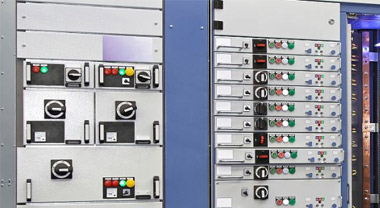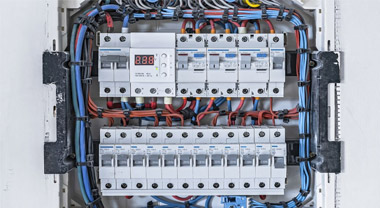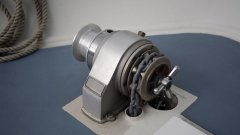The difference between the rated current of the circuit breaker and the rated current of the release
The rated current 1n of the circuit breaker refers to the current that the trip device can pass for a long time, that is, the trip device rated current. For a circuit breaker with an adjustable release, the maximum current that the release can pass through for a long time. The rated current of the trip unit is 1n, which refers to the maximum current that the trip unit can pass for a long time. The operating current setting value of the long-time overload release is Ir. For fixed releases, 1r=In, and for adjustable releases, Ir is a multiple of the rated current of the release 1n, such as 1r=0.4~1×1n. The short-delay electromagnetic release action current setting value Im is a multiple of the overload release action current setting value Ir, the multiple is fixed or adjustable, such as Im=2~10×Ir. For the non-adjustable type, an appropriate setting value can be selected among them. The instantaneous electromagnetic trip unit operating current rating Im' is a multiple of the trip unit's rated current In, the multiple is fixed or adjustable, such as Im'=1.5~11×In. For the non-adjustable type, an appropriate setting value can be selected among them.




